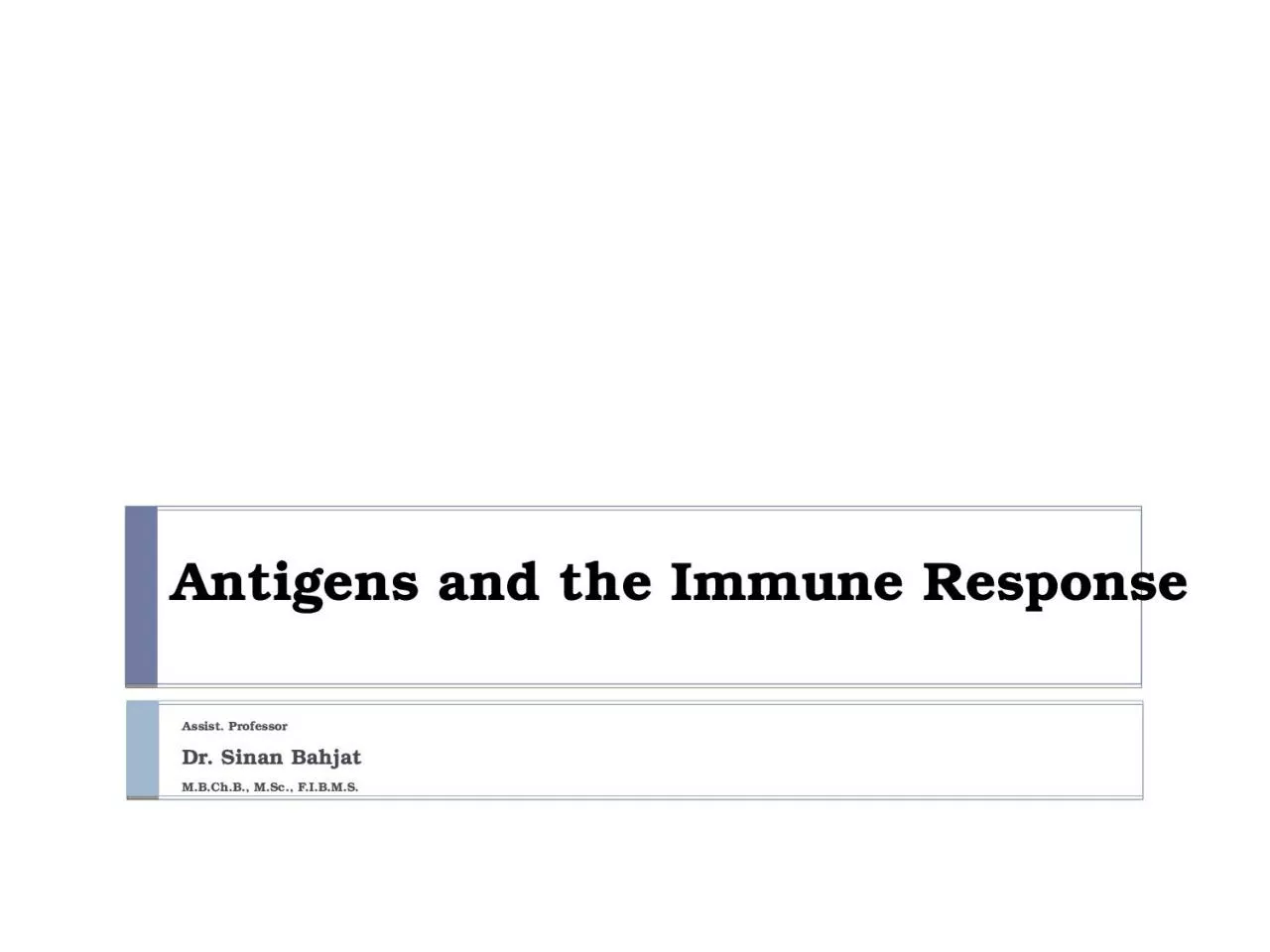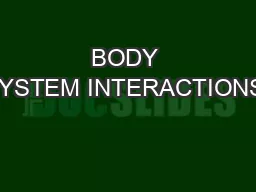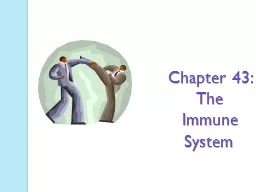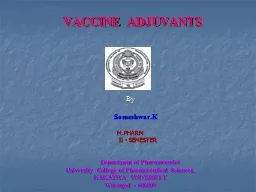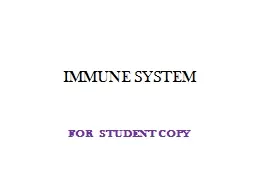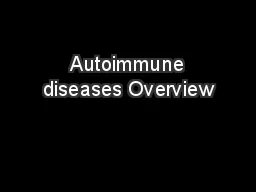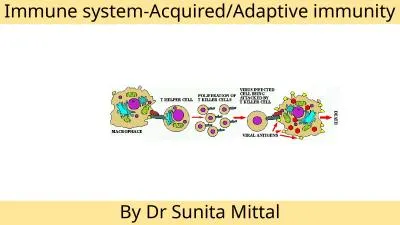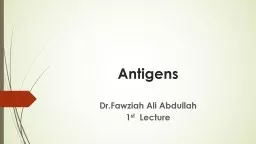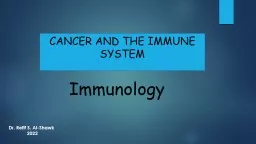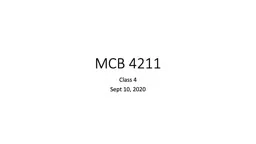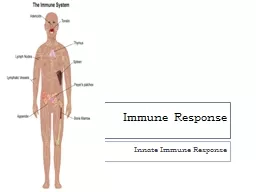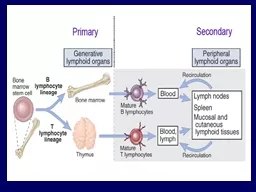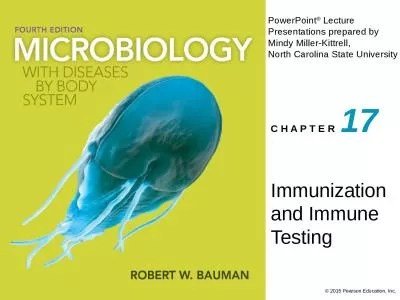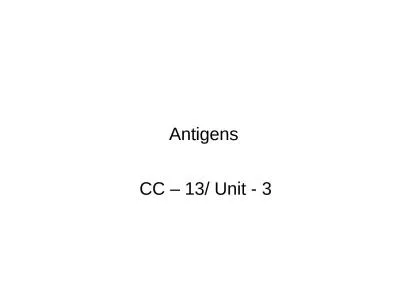PPT-Antigens and the Immune Response
Author : victoria | Published Date : 2023-12-30
Assist Professor Dr Sinan Bahjat MBChB MSc FIBMS Antigens are molecules that react with antibodies whereas immunogens are molecules that induce an immune
Presentation Embed Code
Download Presentation
Download Presentation The PPT/PDF document "Antigens and the Immune Response" is the property of its rightful owner. Permission is granted to download and print the materials on this website for personal, non-commercial use only, and to display it on your personal computer provided you do not modify the materials and that you retain all copyright notices contained in the materials. By downloading content from our website, you accept the terms of this agreement.
Antigens and the Immune Response: Transcript
Download Rules Of Document
"Antigens and the Immune Response"The content belongs to its owner. You may download and print it for personal use, without modification, and keep all copyright notices. By downloading, you agree to these terms.
Related Documents

